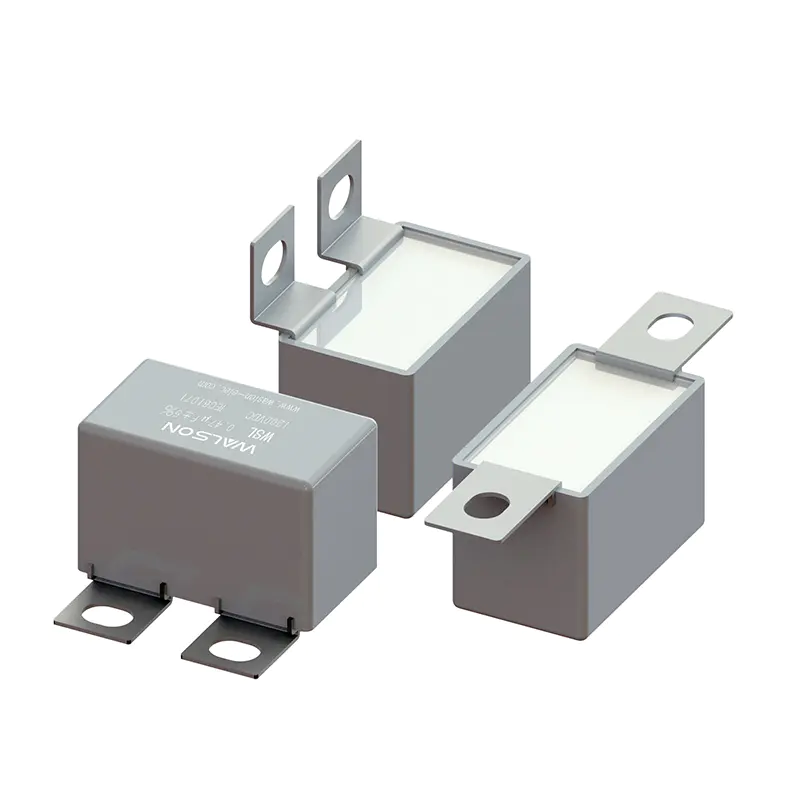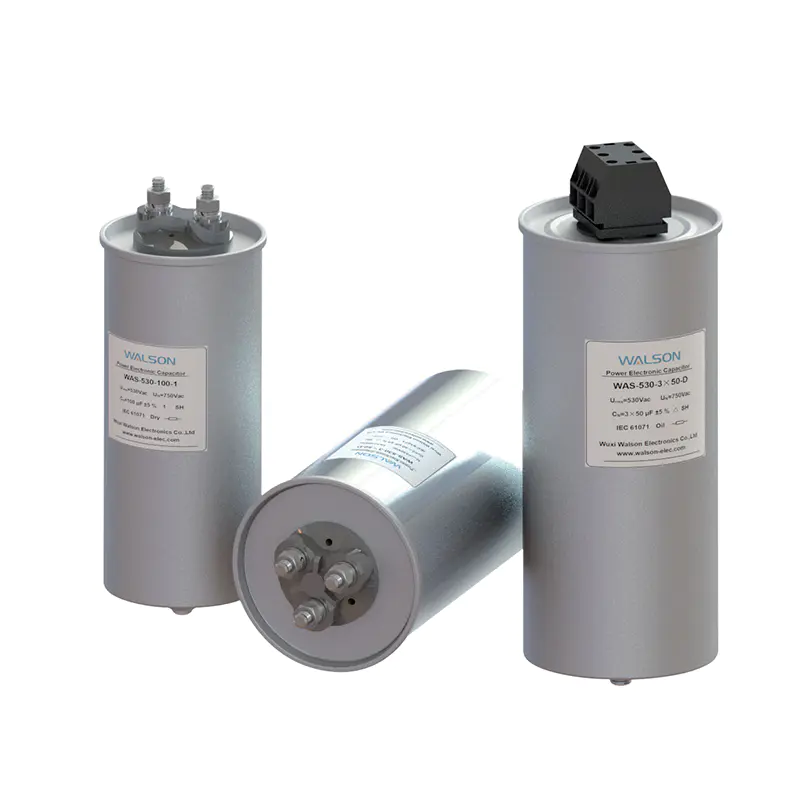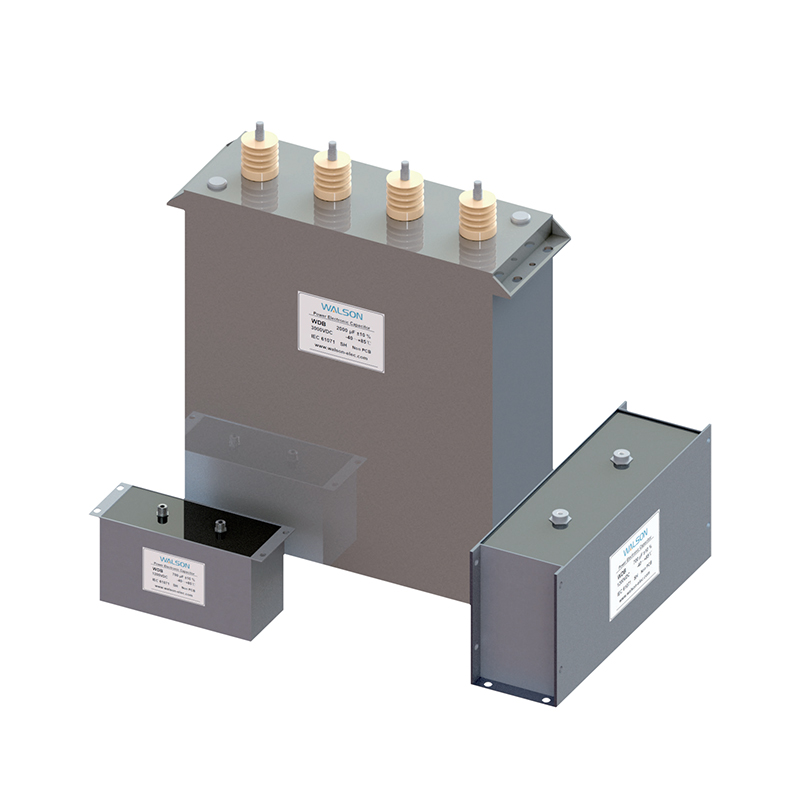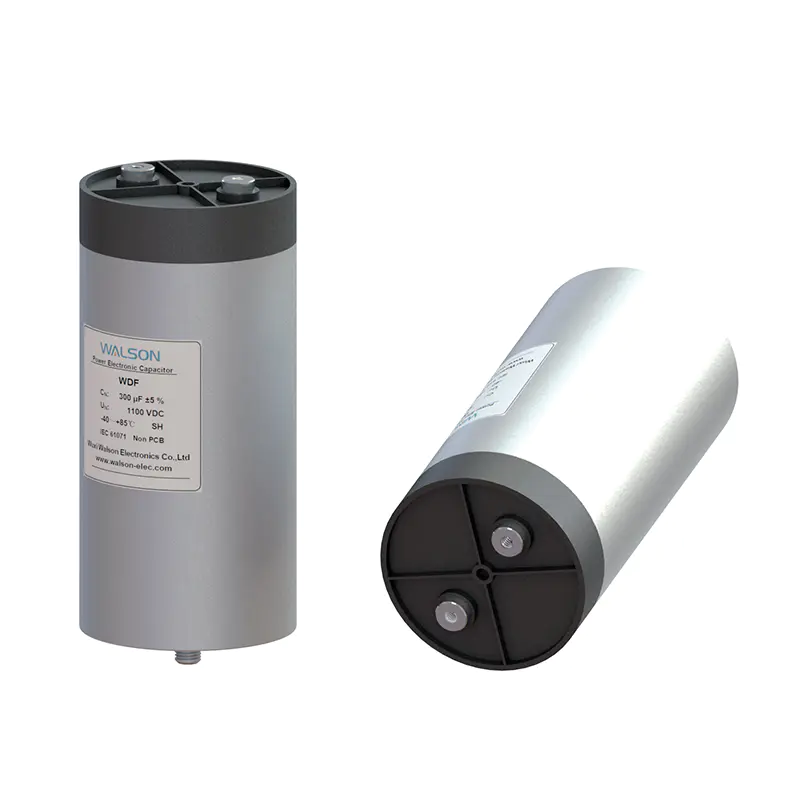- Home
- Products
- Applications
- Capacitors for Household Appliances
- Capacitors for Power Supply
- Capacitors for LED Lighting
- Capacitors for Mobile And DSL Appliances
- Capacitors for Automotive& Vehicles
- Capacitors for Photovoltaic Inverters
- Capacitors for Wind Power Plants
- Capacitors for Renewable Energy Systems
- Capacitors for Induction Heating
- Capacitors for Medical Equipments
- Capacitors for Industrial Control
- Capacitors for Power Electric
- Capacitors for Rail Transit
- Capacitors for Smart Grid
- Capacitors for University & Research Instituite (High Energy Physics)
- About Us
- News
- Contact Us
-
- Capacitors for Household Appliances
- Capacitors for Power Supply
- Capacitors for LED Lighting
- Capacitors for Mobile And DSL Appliances
- Capacitors for Automotive& Vehicles
- Capacitors for Photovoltaic Inverters
- Capacitors for Wind Power Plants
- Capacitors for Renewable Energy Systems
- Capacitors for Induction Heating
- Capacitors for Medical Equipments
- Capacitors for Industrial Control
- Capacitors for Power Electric
- Capacitors for Rail Transit
- Capacitors for Smart Grid
- Capacitors for University & Research Instituite (High Energy Physics)
Web Menu
- Home
- Products
- Applications
- Capacitors for Household Appliances
- Capacitors for Power Supply
- Capacitors for LED Lighting
- Capacitors for Mobile And DSL Appliances
- Capacitors for Automotive& Vehicles
- Capacitors for Photovoltaic Inverters
- Capacitors for Wind Power Plants
- Capacitors for Renewable Energy Systems
- Capacitors for Induction Heating
- Capacitors for Medical Equipments
- Capacitors for Industrial Control
- Capacitors for Power Electric
- Capacitors for Rail Transit
- Capacitors for Smart Grid
- Capacitors for University & Research Instituite (High Energy Physics)
- About Us
- News
- Contact Us
Product Search
Exit Menu
Performance Comparison of PBT vs. PPS for Film Capacitor Housings
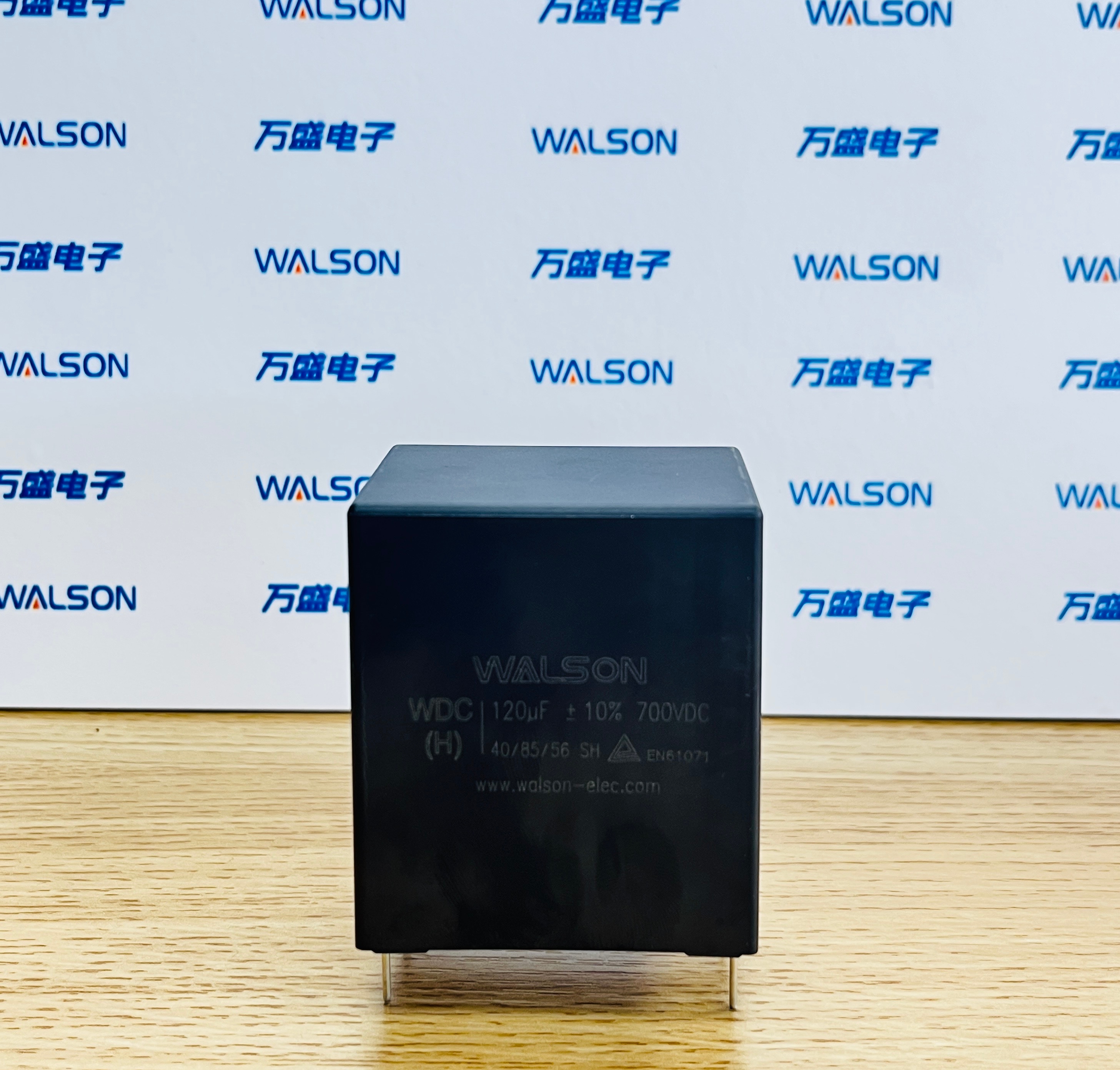
Performance Comparison of PBT vs. PPS for Film Capacitor Housings
1. Key Property Differences
(1) Thermal Resistance
PBT (Polybutylene Terephthalate): Melting point ~225℃, limited long-term use below 120℃.
PPS (Polyphenylene Sulfide): Melting point 290℃, HDT 260℃, suitable for 180–220℃ continuous service.
(2) Flame Retardancy
PBT: Slow-burning (UL94 HB).
PPS: Self-extinguishing (UL94 V-0), oxygen index 44%, ideal for fire-safe applications.
(3) Molding Performance
PBT: High shrinkage (1.5–2.2%), requires post-mold sizing.
PPS: Low shrinkage (0.2–0.8%), excellent dimensional stability.
(4) Water Absorption
PBT: 0.07–0.09%, needs pre-drying.
PPS: 0.03%, minimal humidity impact.
2. PBT Characteristics
Advantages:
Balanced mechanical strength, low friction, and wear resistance.
Good electrical insulation (except high-frequency loss).
Resistant to oils, alkalis, and weak acids.
Limitations:
Notch-sensitive, poor impact strength (requires FR-PBT).
Poor hydrolysis resistance.
3. PPS Characteristics
Advantages:
Extreme Heat Resistance: Stable at 200–240℃ long-term.
Chemical Inertness: Resists most solvents (except strong oxidizers).
High Stiffness: Tensile strength up to 137MPa (GF-reinforced).
Flame Retardant: Meets aerospace/automotive standards.
Limitations:
Brittleness (modified grades like R-4/G-6 are common).
High cost (~2–3× PBT).
4. Application Scenarios
PBT:
Low-cost electronics (connectors, switches).
Automotive non-critical parts.

PPS:
High-temperature capacitors, IC trays.
Aggressive chemical environments.
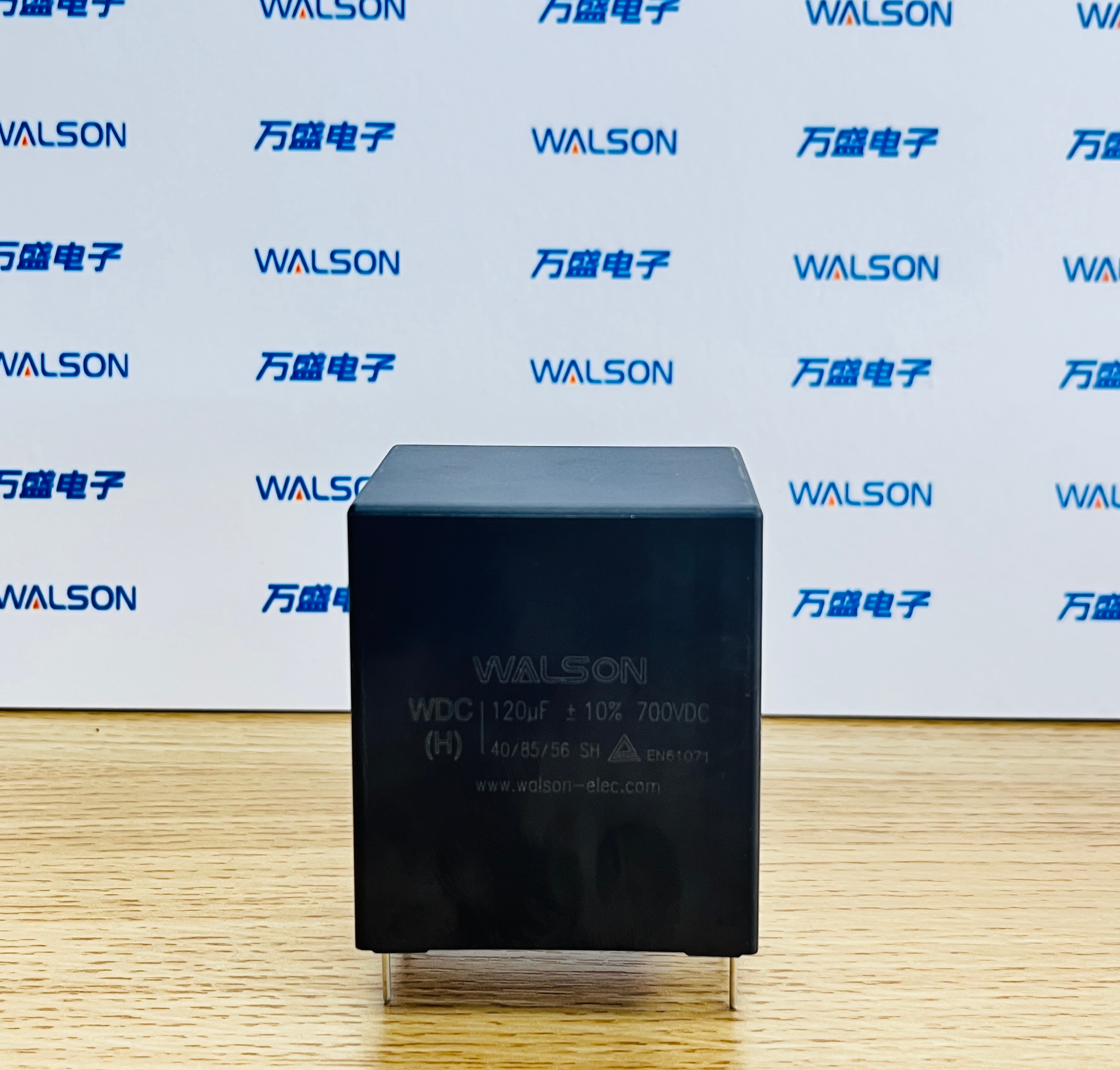
Conclusion:
PPS excels in high-end applications demanding heat/flame resistance, while PBT offers cost-effective solutions for general-purpose uses. Material selection depends on temperature, budget, and precision requirements.

 简体中文
简体中文 English
English Español
Español